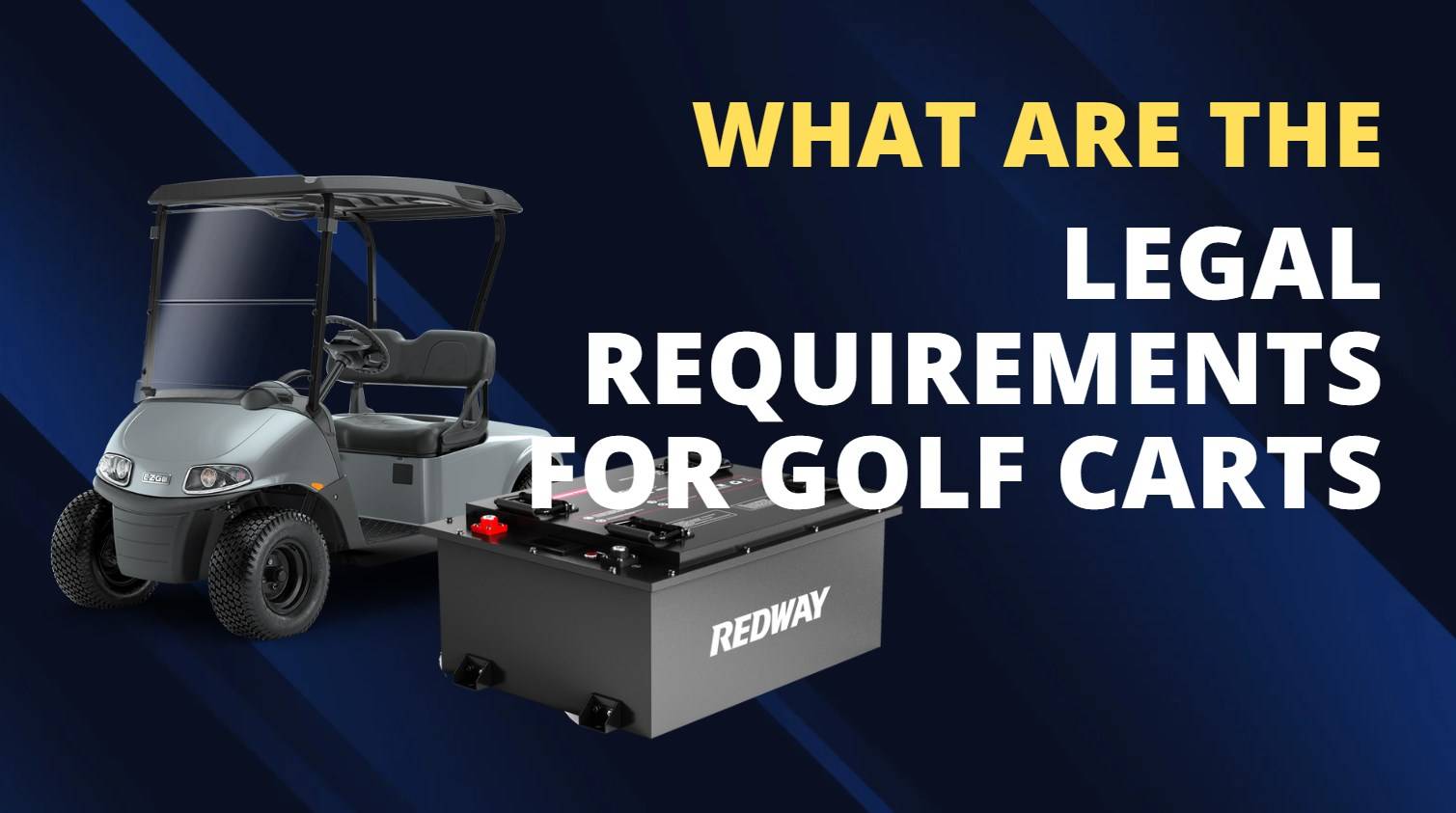- Lithium Golf Cart Battery
- Forklift Lithium Battery
-
48V
- 48V 210Ah
- 48V 300Ah
- 48V 420Ah (949 x 349 x 569 mm)
- 48V 420Ah (950 x 421 x 450 mm)
- 48V 456Ah
- 48V 460Ah (830 x 630 x 590 mm)
- 48V 460Ah (950 x 421 x 450 mm)
- 48V 460Ah (800 x 630 x 600 mm)
- 48V 460Ah (820 x 660 x 470 mm)
- 48V 500Ah
- 48V 560Ah (810 x 630 x 600 mm)
- 48V 560Ah (950 x 592 x 450 mm)
- 48V 600Ah
- 48V 630Ah
-
48V
- 12V Lithium Battery
12V 150Ah Lithium RV Battery
Bluetooth App | BCI Group 31
LiFePO4 Lithium
Discharge Temperature -20°C ~ 65°C
Fast Charger 14.6V 50A
Solar MPPT Charging - 24V Lithium Battery
- 36V Lithium Battery
- 48V Lithium Battery
-
48V LiFePO4 Battery
- 48V 50Ah
- 48V 50Ah (for Golf Carts)
- 48V 60Ah (8D)
- 48V 100Ah (8D)
- 48V 100Ah
- 48V 100Ah (Discharge 100A for Golf Carts)
- 48V 100Ah (Discharge 150A for Golf Carts)
- 48V 100Ah (Discharge 200A for Golf Carts)
- 48V 150Ah (for Golf Carts)
- 48V 160Ah (Discharge 100A for Golf Carts)
- 48V 160Ah (Discharge 160A for Golf Carts)
-
48V LiFePO4 Battery
- 60V Lithium Battery
-
60V LiFePO4 Battery
- 60V 20Ah
- 60V 30Ah
- 60V 50Ah
- 60V 50Ah (Small Size / Side Terminal)
- 60V 100Ah (for Electric Motocycle, Electric Scooter, LSV, AGV)
- 60V 100Ah (for Forklift, AGV, Electric Scooter, Sweeper)
- 60V 150Ah (E-Motocycle / E-Scooter / E-Tricycle / Tour LSV)
- 60V 200Ah (for Forklift, AGV, Electric Scooter, Sweeper)
-
60V LiFePO4 Battery
- 72V~96V Lithium Battery
- Rack-mounted Lithium Battery
- E-Bike Battery
- All-in-One Home-ESS
- Wall-mount Battery ESS
-
Home-ESS Lithium Battery PowerWall
- 24V 100Ah 2.4kWh PW24100-S PowerWall
- 48V 50Ah 2.4kWh PW4850-S PowerWall
- 48V 50Ah 2.56kWh PW5150-S PowerWall
- 48V 100Ah 5.12kWh PW51100-F PowerWall (IP65)
- 48V 100Ah 5.12kWh PW51100-S PowerWall
- 48V 100Ah 5.12kWh PW51100-H PowerWall
- 48V 200Ah 10kWh PW51200-H PowerWall
- 48V 300Ah 15kWh PW51300-H PowerWall
PowerWall 51.2V 100Ah LiFePO4 Lithium Battery
Highly popular in Asia and Eastern Europe.
CE Certification | Home-ESS -
Home-ESS Lithium Battery PowerWall
- Portable Power Stations
What Are the Legal Requirements for Golf Carts on Public Roads?

Understanding the legal requirements for operating a golf cart on public roads is crucial for compliance and safety. Street legal golf carts must meet specific federal and state regulations, including safety features, licensing, and operational guidelines. These regulations ensure that drivers can safely navigate public roadways while enjoying their carts.
What makes a golf cart street legal?
A golf cart becomes street legal when it meets specific criteria defined by local and federal regulations. Generally, it must be classified as a Low-Speed Vehicle (LSV) if it can reach speeds between 20 and 25 mph. This classification requires the cart to be equipped with necessary safety features such as headlights, taillights, turn signals, and seat belts.Chart: Criteria for Street Legal Golf Carts
| Requirement | Description |
|---|---|
| Speed | Must have a top speed of 20-25 mph |
| Safety Features | Headlights, taillights, turn signals, and seat belts |
| VIN | Must have a Vehicle Identification Number (VIN) |
| Mirrors | Interior and exterior mirrors |
What are the federal requirements for street legal golf carts?
Federal requirements dictate that street legal golf carts must comply with certain safety standards set by the National Highway Traffic Safety Administration (NHTSA). These include:
- Working lights: Headlights, brake lights, and turn signals.
- DOT-approved tires.
- A functioning horn.
- Windshield wipers.
- Reflectors on all corners.
These standards ensure that LSVs can safely operate on public roads alongside traditional vehicles.
Chart: Federal Requirements Summary
| Requirement | Details |
|---|---|
| Lighting | Headlights, brake lights, turn signals |
| Tires | Must be DOT-approved |
| Identification | Must have a VIN |
| Safety Equipment | Horn, windshield wipers |
How do state laws impact the operation of golf carts?
State laws vary significantly regarding the operation of golf carts on public roads. Some states allow them on roads with speed limits of 35 mph or less, while others impose additional restrictions. For example:
- In South Carolina, golf carts must be registered and insured.
- In California, they cannot exceed 25 mph and must be operated by licensed drivers.
Understanding local regulations is essential to ensure compliance and avoid fines.
Chart: State Law Variations
| State | Key Regulations |
|---|---|
| South Carolina | Must be registered and insured |
| California | Cannot exceed 25 mph; driver must have a license |
| Florida | Requires LSV classification; must have insurance |
What safety features are required for legal operation of golf carts?
To operate legally on public roads, golf carts must be equipped with various safety features. Commonly required features include:
- Headlights: For visibility during low-light conditions.
- Taillights: To signal stops to other drivers.
- Turn Signals: For clear communication of lane changes or turns.
- Seat Belts: To ensure passenger safety.
These features help reduce accidents and enhance overall road safety.
Chart: Essential Safety Features
| Feature | Purpose |
|---|---|
| Headlights | Improve visibility |
| Taillights | Signal stopping |
| Turn Signals | Indicate directional changes |
| Seat Belts | Ensure passenger safety |
What are the age and licensing requirements for driving a golf cart?
Age and licensing requirements also vary by state. Most states require drivers to be at least 16 years old and possess a valid driver’s license when operating a golf cart on public roads. Some areas may allow younger drivers if accompanied by an adult. It’s important to check local laws to ensure compliance with age restrictions.Chart: Age and Licensing Requirements
| Age Requirement | Description |
|---|---|
| Minimum Age | Typically 16 years old |
| Licensing | Valid driver’s license required |
| Accompanied Drivers | Some states allow younger drivers with an adult present |
Redway Power Insights
“Understanding the legal landscape surrounding golf carts is essential for safe operation. Compliance not only ensures your enjoyment but also protects you from potential fines or accidents. Always check local regulations before hitting the road.”
Industrial News
Recent trends indicate an increasing interest in making electric vehicles, including golf carts, more accessible on public roads. Many states are revising their laws to accommodate this growing market while ensuring safety through enhanced regulations. As more communities embrace sustainable transportation options, understanding these evolving laws will become crucial for both manufacturers and consumers.
FAQ Section
Q: Do I need a driver’s license to operate a golf cart?
A: Yes, most states require drivers to have a valid driver’s license when operating a golf cart on public roads.Q: What features make a golf cart street legal?
A: Street legal golf carts must have headlights, taillights, turn signals, seat belts, DOT-approved tires, and other safety features.Q: Are there any age restrictions for driving a golf cart?
A: Yes, typically drivers must be at least 16 years old; some states allow younger drivers if accompanied by an adult.Q: Do I need to register my golf cart?
A: Registration requirements vary by state; many states require registration if you plan to operate your cart on public roads.
What are the legal requirements for driving a golf cart on public roads?
What are the age restrictions for operating a golf cart?
What are the insurance requirements for golf carts?























